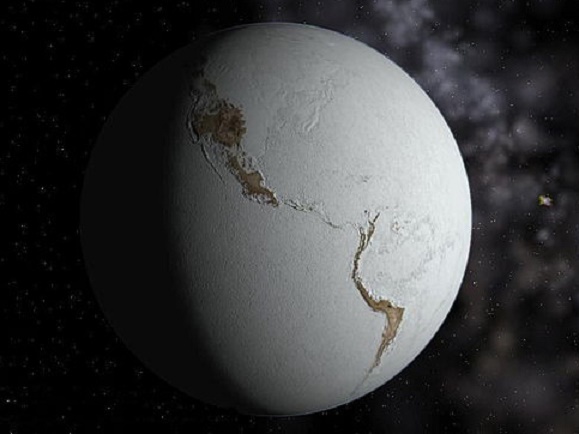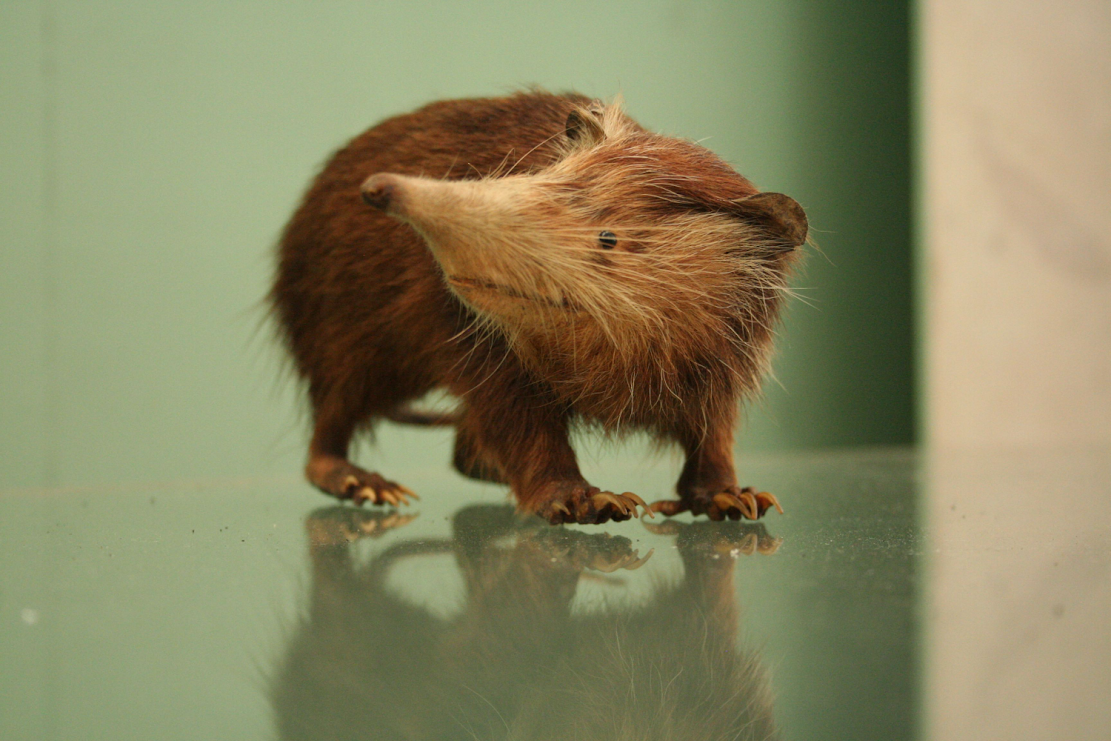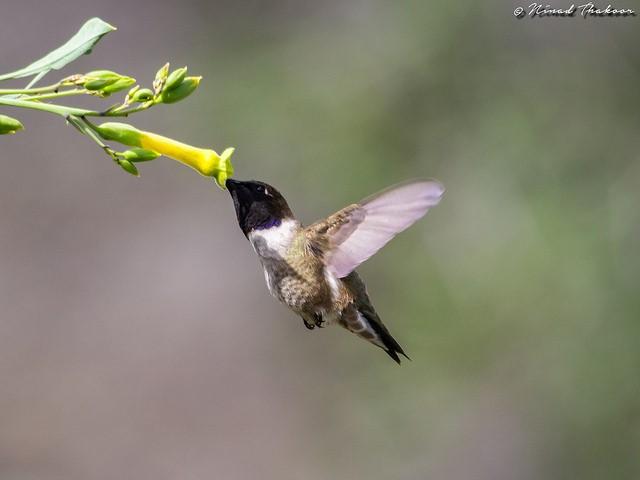The Great London:
Evolution
Evolution: Sex cells evolved to pass on quality mitochondria

Evolution: Rooting the family tree of placental mammals

Evolution: Study sheds light on the function of the penis bone in male competition

Evolution: Life exploded on Earth after slow rise of oxygen

Evolution: Photosynthesis more ancient than thought, and most living things could do it

Genetics: A 100-million-year partnership on the brink of extinction

Evolution: Chemistry of seabed's hot vents could explain emergence of life

Scotland: Patrick Matthew: Evolution's overlooked third man

Evolution: Scientists reconstruct largest ever family tree of major flowering plant group

Ecosystems: Humans artificially drive evolution of new species

Genetics: Scientists propose new evolution model for tropical rainforests

Evolution: Life as we know it most likely arose via 'long, slow dance'

Evolution: Divergent climate tolerances play crucial roles in how species evolve

Evolution: Size matters—the more DNA the better

Fossils: Ancient DNA traces extinct Caribbean 'Island Murderer' back to the dawn of mammals

Evolution: Looking different to your parents can be an evolutionary advantage

Breaking News: Natural selection, key to evolution, also can impede formation of new species
